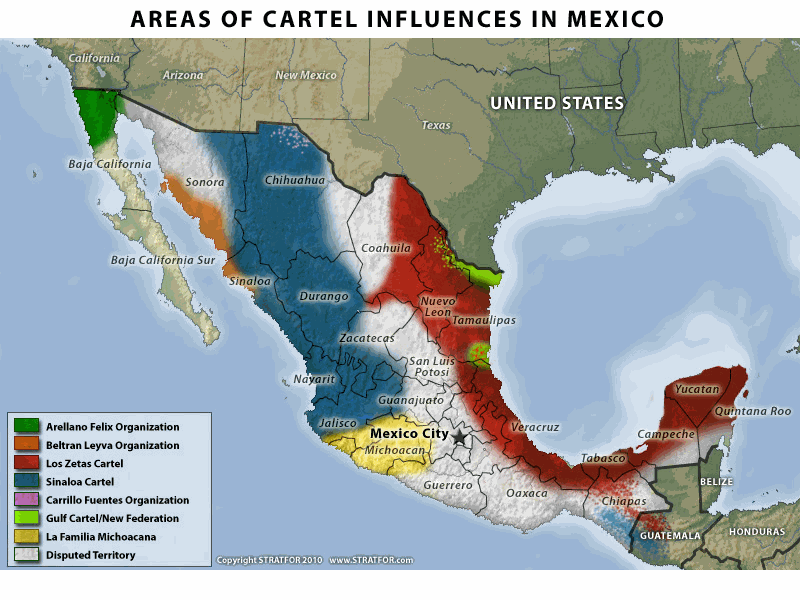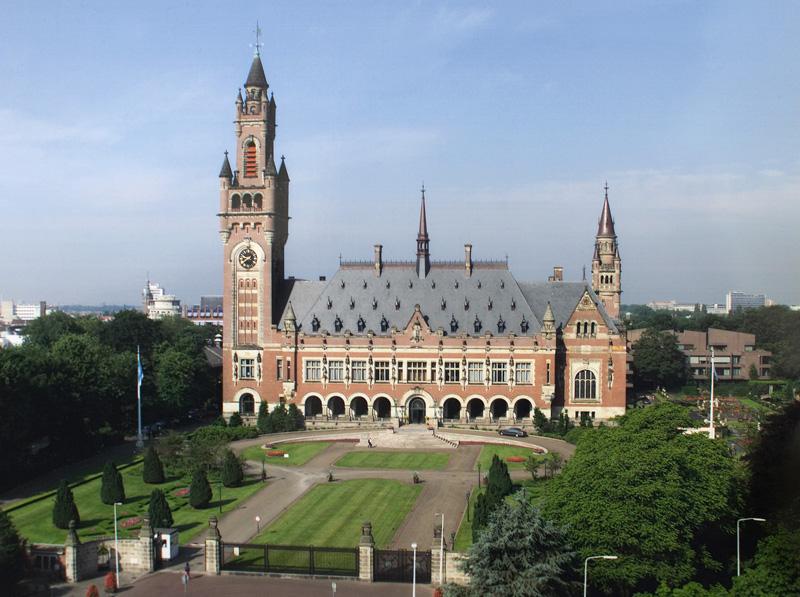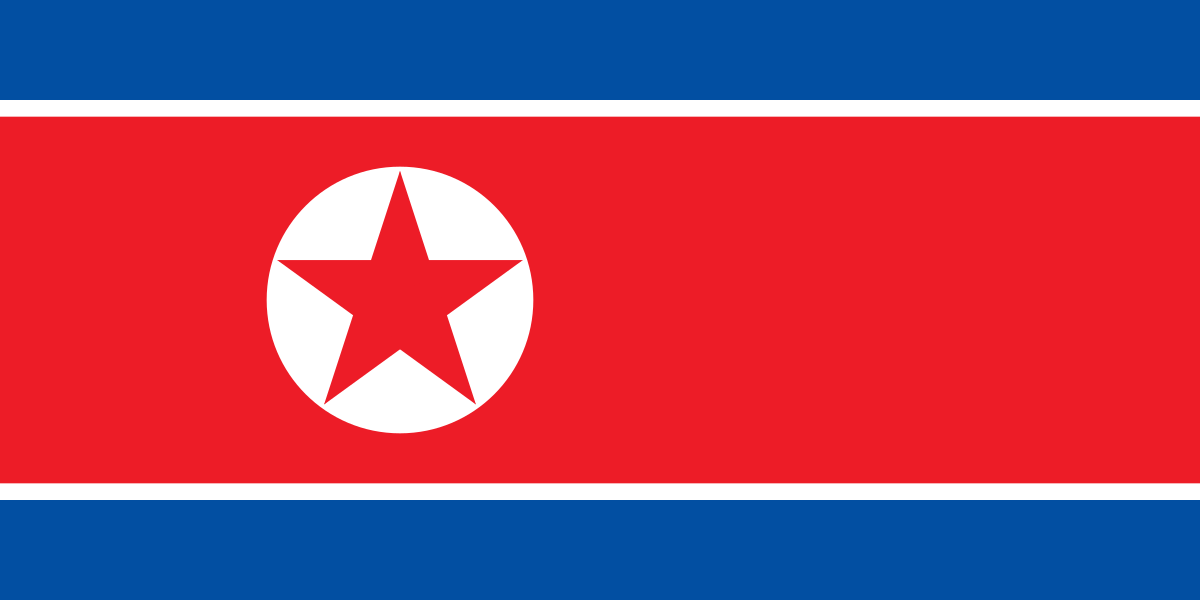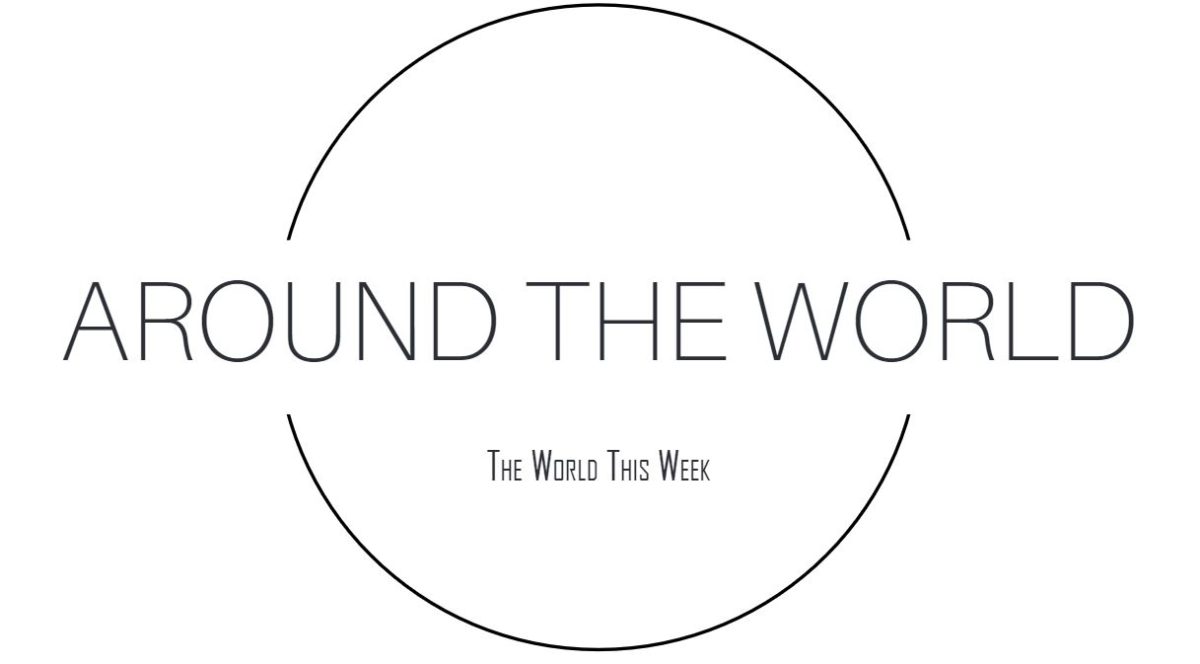Mexico’s leaders are currently waging a war on drugs – specifically drug cartels. These cartels are responsible for 90% of the illegal drugs that enter the United States, generating tens of billions in revenue annually. These drug cartels have been around for over thirty years, and have become so powerful that they represent a major threat to Mexico’s national security. During Mexico’s Drug War, tens of thousands of people have been killed, and over one and a half million people have been displaced.
It all started in the 1980s, when Miguel Ángel Félix Gallardo founded the Guadalajara Drug Cartel, smuggling drugs such as marijuana and opium into the United States. This was the start of the cartels in Mexico. Gallardo later split up the cartel into smaller subunits to make it more difficult for law enforcement to bring it down. After his capture in April 1989, the Guadalajara Cartel split up into several major subcartels, including the Sinaloa Cartel, Los Zetas Cartel, the Gulf Cartel, the La Familia Michoacana Cartel, and the Beltran Levya Cartel. The Cartels fight both against one another for territory and against the government. In 2010, Mexican President Felipe Calderòn said that the cartels are seeking to supplant the government, using force to impose their rule and make their own laws. As shown by the map on the top of the page, cartels are prevalent in a large portion of Mexico.
The Mexican Government is struggling to deal with the cartels. In December 2006, then President Felipe Calderòn sent six and a half thousand soldiers to the Mexican state of Michoacàn to end the rule of drug cartels there. This started the Mexican Drug War between the government and the cartels.
The government’s goal is to take apart the powerful drug cartels, instead of preventing the sale and transport of illegal drugs – this responsibility is left to U.S. officials. Calderòn used military force against drug cartels, a strategy which may have made the conflict even worse. The aggression has led to torture and killings by both the cartels and government forces. When cartel leaders are arrested or killed by the government, a power vacuum is created that results in many junior cartel members fighting to take the vacant positions. The Mexican government is outnumbered in this conflict, as they have 50,000 soldiers and 35,000 police involved, while there are about a hundred thousand armed drug cartel members. To make matters worse, many Mexican law enforcement officials are suspected of corruption, and the cartels are suspected of influencing the decisions of military officers. In 2008, the U.S. Joint Forces Command wrote in a report that Mexico could suddenly collapse within the next twenty years due to pressure from the drug cartels. Researchers have discussed the possibility of Mexico becoming a failed state.
Mexico’s citizens are angry and frustrated by the drug war – so much that they have formed their own militias to deal with it. These groups of vigilantes have numbers in the thousands, and are prevalent in Mexico’s southwestern mountain ranges. Civilians such as mechanics, farmers, taxi drivers, and shopkeepers man checkpoints, march across the streets, and put accused criminals in impromptu prisons. They put their convicts in public trials, hand them over to state officials, execute some of them, and get into firefights with cartel members. They also have an uneasy relationship with the government and police. The militias are a third side in the Drug War, since they are not exactly with the government and against the cartels. The government wants to disarm the militias, but they debate on how they should go about it. Some officials see the militias as enemies of the state just like the cartels, while others want to show the militias that the government is doing a good enough job in stopping cartel violence, convincing them to disarm of their own free will.
One suggested solution to the War on Drugs is to decriminalize drugs, which should weaken the cartel’s power by reducing their income. If legal drug stores can compete with illegal cartels and provide better prices, then they may be able to mitigate the problem. When alcohol was banned in the U.S. in the 1920s by the 18th amendment, organized crime became more powerful, and a large number of people were jailed. In 1933, prohibition was repealed by the 21st amendment. Detailed studies and analysis are still needed to determine if drug decriminalization is the best way to go, but it should definitely be given serious consideration.






























